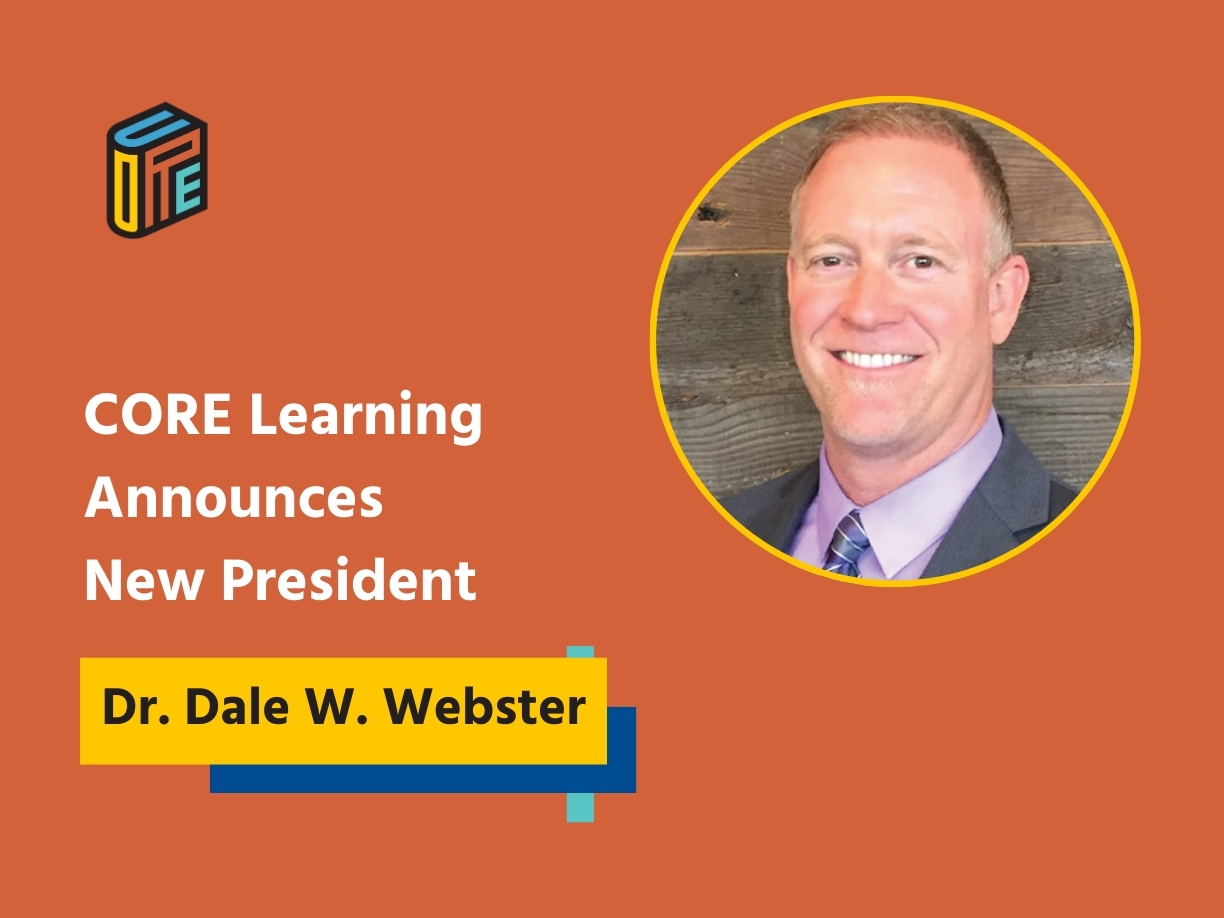
Blog Post
A New Chapter in Literacy Education for New York

In January, New York Governor Kathy Hochul shared her plan to create a brighter future for the state’s students. The announcement initiated a pivot toward the science of reading and Structured Literacy under Hochul’s “Back to Basics Reading Plan,” which calls for every school district to adopt evidence-based teaching methods by 2025. The shift to Structured Literacy and approaches rooted in the science of reading from the conventional balanced literacy approach has been in development for five years—a strategy 72% of teachers nationwide have embraced. New York districts have been part of this trend, with many educators confident in Structured Literacy’s potential to meet diverse student needs and ignite a love for reading.
Recent National Assessment of Educational Progress (NAEP) data shows a decline in reading scores despite balanced literacy’s popularity, and realizing that nearly three-quarters of teachers are using balanced literacy with no improvement in reading scores is a wake-up call.
“Reading is the foundation of our education system, but New York state is currently not meeting basic reading proficiency levels. We cannot continue to allow our kids to fall further behind by utilizing outdated and discredited approaches to reading comprehension. Our Back to Basics initiative will reset how schools approach reading, returning to scientifically proven techniques. Along with investments in teacher training programs, we are tackling this issue head on to make sure our teachers and kids are set up for success.”
–Kathy Hochul, Governor of New York
Grassroots Momentum: Building a Literacy Movement in New York
This initiative is an incredible chance to turn things around for every student in New York, marking another significant effort following the proactive steps taken in Buffalo in 2022. At that time, concerned folks—including parents, teachers, and community leaders—were tired of waiting around for laws to change. In response, they started the WNY Literacy Initiative, a group dedicated to improving literacy in Western New York through a multiyear, three-pronged effort prioritizing underserved communities. The group kicked things off with the inaugural WNY Science of Reading Conference, bringing together some of the top minds in literacy research and instruction.
As proof that Structured Literacy really works kept building, old ways of teaching started to crumble—especially in New York City, where high schools began to distance themselves from outdated methods. Additionally, substantial changes at Teachers College, Columbia University, culminated in the shuttering of the Reading and Writing Project. These developments reflect a growing recognition of the need for evidence-based literacy instruction, setting the stage to address the complexities of teaching in linguistically diverse environments.
Structured Literacy: Only Part of the Complete Solution for Every Learner
Seeing more states adopt evidence-based instructional strategies like Structured Literacy is a step in the right direction, but linguistically diverse states like New York, California, Florida, and Texas have another layer to consider. For states like these—which are home to Multilingual Learners, English variety speakers, and students with dyslexia—Structured Literacy is only part of the solution. Educators also need to understand second language acquisition research and its impact on reading. Understanding the research behind Structured Literacy and second language acquisition helps educators identify and build upon students’ existing skills in their heritage language rather than presuming these skills are absent. Literacy and language development are inextricably linked, and effective literacy instruction must integrate language learning to be truly equitable.
Redefining Professional Development for the Language-Diverse Classroom
Current professional development approaches often sideline the complex needs of diverse learners, treating those considerations as add-ons rather than integrating them into the fabric of Structured Literacy education. This misalignment, coupled with budgetary and time constraints, further exacerbates the gap in educator preparedness—particularly when it comes to fostering an environment that mirrors the diversity of today’s classrooms. States like New York have no time to waste with professional development that takes too long and doesn’t truly meet the needs of all students, especially linguistically diverse learners.
Say Hello to OL&LA—Pioneering Literacy AND Language Learning
CORE Learning’s Online Language & Literacy Academy—OL&LA—stands out by directly addressing these challenges. This asynchronous online course melds evidence-based reading instruction with second language acquisition research. Through a comprehensive curriculum that includes CORE’s nationally acclaimed Teaching Reading Sourcebook, OL&LA equips educators to effectively navigate the nuances of language-diverse classrooms.
OL&LA’s approach is transformative, empowering educators with a robust understanding of phonological awareness, decoding, fluency, vocabulary, and comprehension that is tailored specifically for the linguistically diverse classroom. This approach is especially key in New York, known for its diverse mix of cultures and languages in schools.
Join the Movement
Discover how CORE Learning and OL&LA are leading a movement in equitable literacy education by ensuring that every educator is equipped to make Structured Literacy accessible for all learners. At OL&LA, we’re not just addressing the need for equitable literacy instruction; we’re helping educators in New York and beyond make it a reality.






